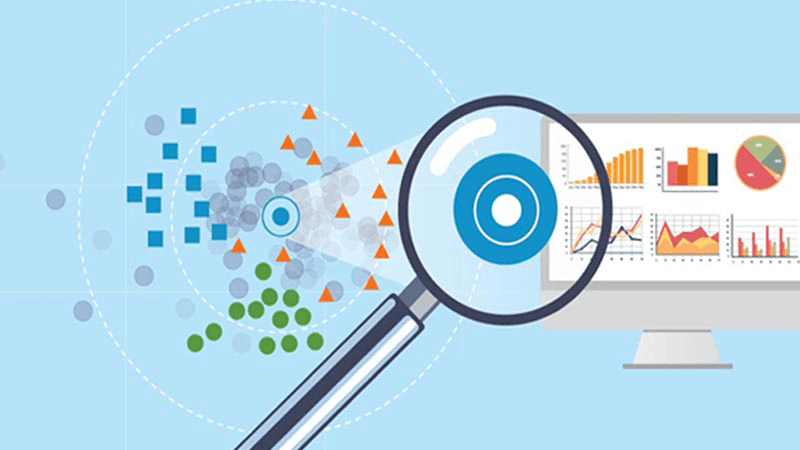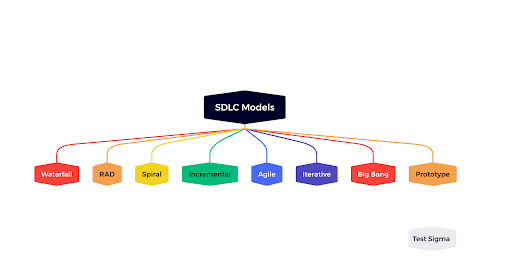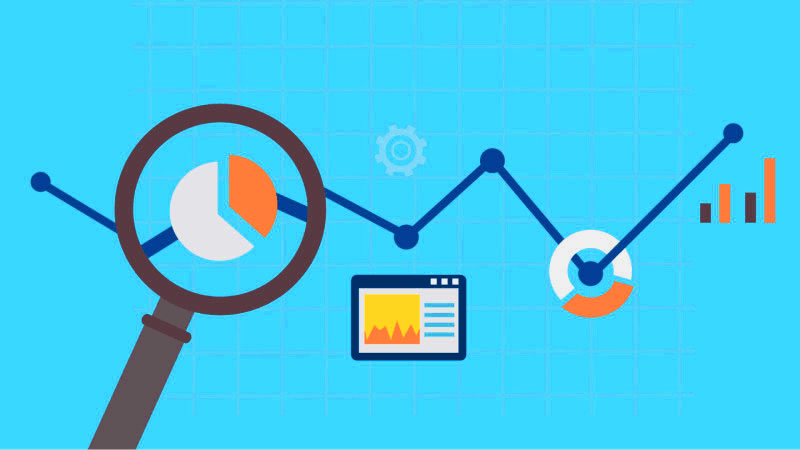
As the market changes rapidly, you must know the market changes and new initiatives taken by your business rivals. Explaining and examining the different business aspects of your company and competitors helps you exploit opportunities and refine your strategies for future business threats.
In the changing business environment, making advancements in competitive measuring, monitoring or management strategies has become crucial. Hence, businesses are using Competitive Intelligence (CI) to obtain the necessary insights into the market and identify what their rivals are planing.
Examining competitive intelligence helps you in finding out the following questions:
- How to understand and compete in changing the market climate?
- How to identify competitors and the strategies that they follow?
- How to gain sophisticated insights to beat your competition?
- How to formulate an effective competitive strategy?
- How to follow the latest marketing, growth, and conversion strategies?
Staging a Successful Cloak-And-Dagger Operation
CI enables better business performance and accelerates your competitive win rates. It involves gathering the scattered bits and pieces of facts, observations, and rumors, collectively termed as data. Then a team of experts performs pooling of these bits of data known as information. After integrating the important data, the significant information undergoes distillation. The information so analyzed is called intelligence that brings market insights to empower your business.
Taking Better Decisions
Data helps businesses analyze their growth strategies and figure out the essential missing elements to acquire the competitive landscape. This information helps them in finding any market gaps and exploit the weaknesses of their competitors. Therefore, you must spot your existing and emerging competitors, and keep a watchful eye on them to gather data.
Competitive intelligence is all about evaluating business strengths and avoiding or minimizing threats from established and emerging competitors with better decision-making. It brings agility in decision-making strategies with the changing industry dynamics:
- Strategic decisions: These are long-term decisions that are based upon strategic planning in harmony with the mission and objectives of your business. CI not only appraises business but also helps to discern the rivals and their strategies and setting business goals. Therefore, you can overcome all the present and future competitive challenges and market hurdles. Besides, you can make strategic decisions for the overall planning of your business.
- Operational decisions: These are medium-period based decisions that are not frequently taken. Operational decisions are related to production and industry growth. With competitive intelligence, you can evaluate how your competitors are selling their products and exploit the market gaps in the best way to enhance your profit margins. This helps in taking more effective operational decisions in various operational aspects.
- Tactical decisions: Tactical decisions are short-term resolutions that are made in connection with issues such as capturing market share and collecting maximum revenues. Intelligent data helps you in making wiser tactical decisions to grasp the potential market and competitive opportunities, thereby enabling you to assess moderate uncertainties in a cut-throat market environment.
Improve Business Framework
Mirror your competitors’ business strategies and unearth their tactics to advance your market framework and processes. Competitive intelligence aids you in understanding the weaknesses of your business rivals and identifying innovation opportunities. Also, it helps you in informed commercial planning based on next-generation business concepts.
- STRENGTHS: Business strengths are internal positive attributes of your business that stimulate your growth. Competitive intelligence helps you identify your uniqueness and analyze competitive advantage.
- WEAKNESSES: Competitive intelligence helps you in finding your business weaknesses. It helps you in adopting the best practices of your competitors to make improvements in your business strategies.
- OPPORTUNITIES: Gather and analyze intelligence information about the latest market trends and your key competitors. Therefore, exploit competitive opportunities and build a plan for your business growth.
- THREATS: Competitive intelligence notifies you with an early warning for disruptive changes in the competitive landscape. It helps you accentuate the aggressive menaces to create and implement defensive strategies, thereby overcoming the threats from your competition.
CI gained through SWOT and TOWS analysis helps you in:
- Identifying and utilizing innovation opportunities
- polishing product development strategies
- harness disruptive technologies
- filter win-loss strategies
- benchmark performance
- accelerate mergers and acquisitions
Profitable Customer Acquisition
In this competitive ecosystem, customer-centricity plays a crucial role in business growth. With it comes the necessity to build and retain connections with potential and existing customers. CI aids you to outcompete your business rivals by crafting improved customer management strategies. The attributes of these strategies will expand your business value and broaden a loyal customer base.
- Support customer acquisition strategy: Competitive intelligence helps you create a supportive acquisition strategy. You will find out the best tactics and procedures to solve customer needs by monitoring competitors’ customer engagement activities and solutions for their customers’ pain points.
- Understand customer satisfaction strategy: The intelligent data gathered from analyzing the market and identifying your business rivals helps you work out the best solutions for your customers’ pain points. Also, impeccable customer support helps you listen to your customers and address their concerns.
Measuring Success
With competitive intelligence, you can create certain actionable strategies and processes that drive you closer to your business goals. These business battlecards determine the impact on sales, performance, and growth with competitive intelligence programs. Therefore, it is wise to establish if the intelligent data is fueling your business towards growth or not.
- Establish metrics: Set metrics to define the quantifiable measure to check the success rate of your intelligent data performance.
- Determine the accuracy of CI: Ensure that the collected intelligent data signifies industry practices and trends that are helpful for your business.
- Winning rate: Check if the intelligent information is beneficial for your business and helping you to outstand your competitors.
- Achieve notable sales cycle length: Make sure that the sales cycle length achieved after employing competitive intelligence programs is significant.
- Influence your revenue: Evaluate if the intelligence-gathering efforts are making a difference and influencing the total revenue generated by your business.
- Get feedback from a customer-facing team: Coordinate with your company’s support team to share ideas and results from the use of competitive intelligence. You can ask the following questions:
- How do they use competitive intelligence?
- Do they use the data daily?
- Do they have any data usage specifications?
- What more can be added?
- Did they hit their target?
- Are there any issues with the value pitch?
Competitive intelligence augments your key business decision capabilities to drive growth.


